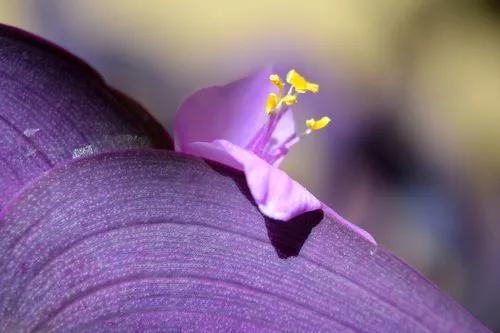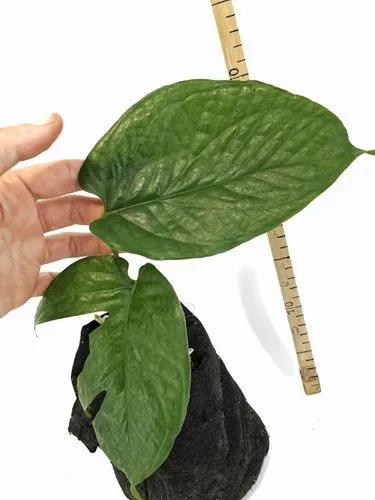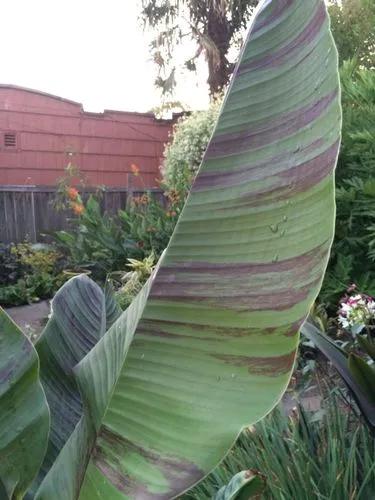Cat palm is a bushy and appealing plant that is easy to take care of. Its dark green leaves and airy arching fronds will lighten your home in a blink of an eye.
Cat palm Care
Chamaedorea cataractarum



Camaedorea cataractarum, or Cascade palm, Cataract palm, or Cat palm, is a palm tree found in Southern Mexico and Central America. Its slender cane-like leaves can reach 3.3 feet (1 m) indoors and up to 6.6 feet (2 m) outdoors.
The plant can reproduce via seeds and grow new plants at the base. Flower stalks can be either male or female, and the drooping flowers are quite unusual, being bright yellow and extending around a flower spike.
How to Care for the Plant

Water

Since Cat palms are native to tropical and subtropical environments, they love high humidity and frequent watering. However, do not make the liquid stagnate. Keep the growing medium slightly moist. These leafy beauties are susceptible to chemicals, so make sure to use filtered or distilled water. A pebble tray or a humidifier will come in handy if you want to maintain high humidity and help your pretty tree feel at home.

Pruning

You will need to cut lower leaves once they turn dry and yellow. Yellowing leaves are a natural part of the plant’s aging, so you shouldn’t be worried. Use clean scissors or pruning shears to trim the dead parts and make room for new growth.

Fertilizer

Use an all-purpose liquid fertilizer to feed your Camaedorea Cataractarum once a month in spring and summer. In fall and winter, do not fertilize your palm; let it enter the dormant season and accumulate some energy.

Sunlight

Direct light may damage the tender leaves of this plant. A Cat palm can tolerate some morning or evening sun, but that is about it. If you grow your cat palm outside, choose a location with partial to full shade. When grown indoors, your greenie will thrive in bright indirect light, especially if you rotate it once a month.

Soil

Sandy, porous, and acidic soil is ideal for Cat palms. Go for a fast-draining mix, or make your own medium by combining 2 parts of regular soil, 1 part pine bark and 1 part perlite.

Propagation

If you have two plants, you can propagate your cat palm by seeds. However, you can also always rely on division. If you see the pups at the bottom of the plant, give them some time to get 1 foot tall and remove them with a section of roots using a sharp, clean knife. Afterward, plant them into a container and water them gently.

Temperature

The ideal temperature range is 65-80°F (18-27°C). If you live in cold climates, bring your Cat palm indoors as soon as the temperature falls to 60°F (15°C).

Container

You are absolutely free in your choice of container as long as it has at least several drainage holes and is equipped with a pot saucer.

Fun fact

If you have two Cat palms and the flowers are male and female, pollination is bound to happen. Be ready to find dark, shiny, and ovoid palm fruits!

Popularity

35,488 people already have this plant 1,159 people have added this plant to their wishlists
Discover more plants with the list below
Popular articles






